
About China - Landscape
China's landscape is so versatile and impressive that it led over the centuries to the development of an own school of painting, the Shanshui, which tries to transfer these incredible impressions on canvas. This may not seem surprising, considering that China is the fourth largest country in the world and includes 18 climate zones. Its deepest point is the Turpan Depression which is 154m below sea level, and its highest point is the Mount Everest at 8.848 meters above sea level on the Tibetan plateau at the border to Nepal. In addition, vast rivers cross the country, with the Yangtze being the longest (6.380km). River and mountains side by side, giving Shanshui its name, is a distinctive feature of Chinese landscapes. It provides sensations, which may only be gained in a handful of countries outside of China. China's landscapes are so diverse that we can only give a brief overview of the most famous ones.
Tibetan plateau
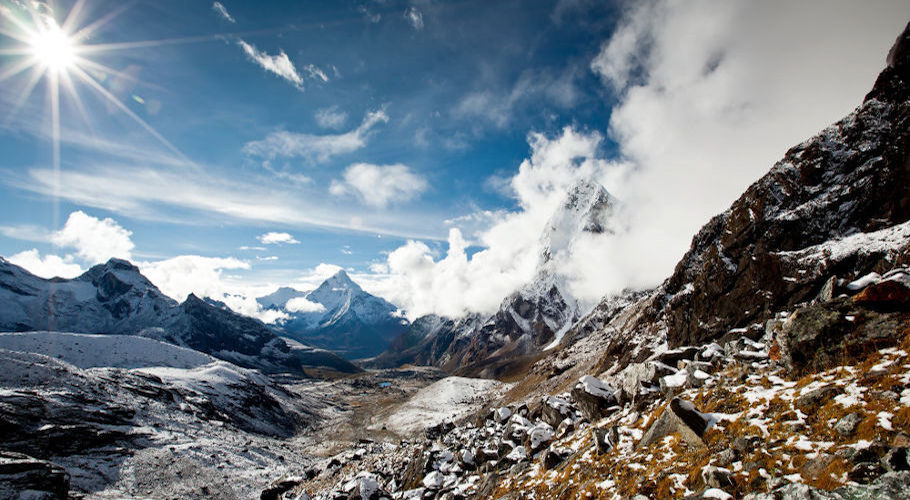
The Tibetan plateau with its average altitude of 4,500m above sea level is often referred to as roof top of the world. It is surrounded by the high mountains of the Himalayas, the Kunlun Mountains and the Qilian Mountains. Although the vegetation is sparse, life in this region includes unique animals such as the yak, musk deer, or black bear. It is particularly known for its incredible panoramic landscapes, which offer vast grassland, glaciers, salt lakes, and mountains. Since the Mongol rule Lamaism became Tibet’s main religion. It is as a special form of Buddhism and despite the numerous regulations you will find a large number of monasteries and a deep spirituality of the native Tibetans. The Tibetan cuisine is widely known in China for its special meat dishes and dairy products.
Hainan

Hainan is the name China’s southern island province, which has been named after its main island and is often referred to as the “Chinese Hawaii”. It is particularly famous for its mild tropical climate, and the local temperature usually does not fall below 16 ° C - even in winter. The main island is by 60 % covered with jungle forests, which give home to the Hainan Gibbon. It is also framed by kilometers of white sandy beaches and has become one of China's most popular tourist destinations. Especially popular sides are the botanical garden and the Nanshan Park, which is dedicated to the 2,000 year-old Buddhist tradition of the island, and is topped by a 108m high Buddha statue that is rising against the sea.
Taklamakan
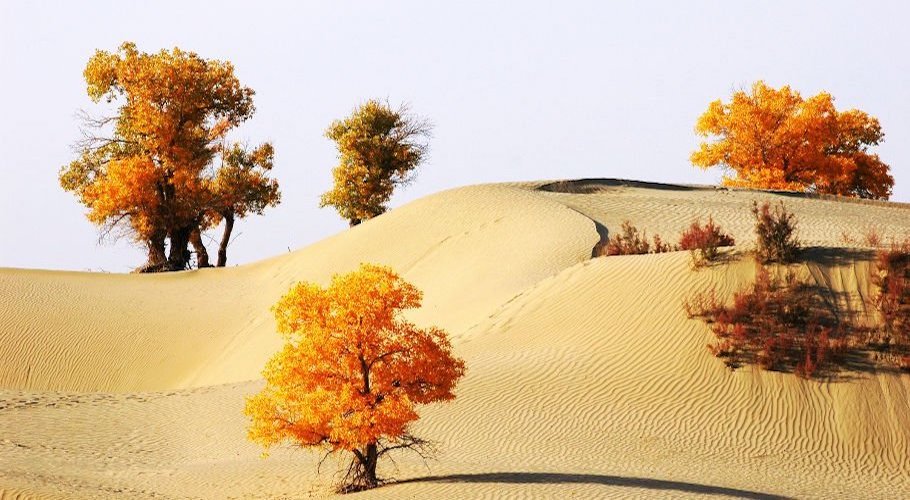
The Taklamakan Desert covers about two-thirds of China's Xinjiang province, home of the Muslim Uyghur. It is the second largest sand desert in the world and literally translates into "place of no return". In it one may find kilometers long, up to 100m high sand dunes, which move with the wind. And from time to time devastating sandstorms brush over the desert. Since the Han Dynasty the famous Silk Road led around the Taklamakan Desert. Despite how hostile to life the desert itself may seem, today it is a popular destination for camel tours. Here you can experience the culture of the Uyghur minority, whose metal crafts, sweet pastries and mutton dishes are well known throughout China.
Heilongjiang

Heilongjiang (Black Dragon River) is probably the most famous province of Northeast China and named after the river, which represents the border to Russia and is better known in the West by its Russian name, Amur. It is the home of the Amur tiger, salmon, and sturgeon. Especially well-known is the Wudalianchi National Park, which was created by strong volcanic activity. Its contemporary appearance is the result of 12 heavy eruptions between the years 1719 and 1721. With its five large, interconnected lakes, it offers not only a beautiful view, but due to its late formation it seems to be a place from pre-historic times. Harbin, the capital of the province has long been under Russian control and has to offer many historic buildings. Today, the city is particularly famous for its winter Ice Festival, during which hundreds of artists year after year create a city made of ice and attract millions of visitors.
Huangshan
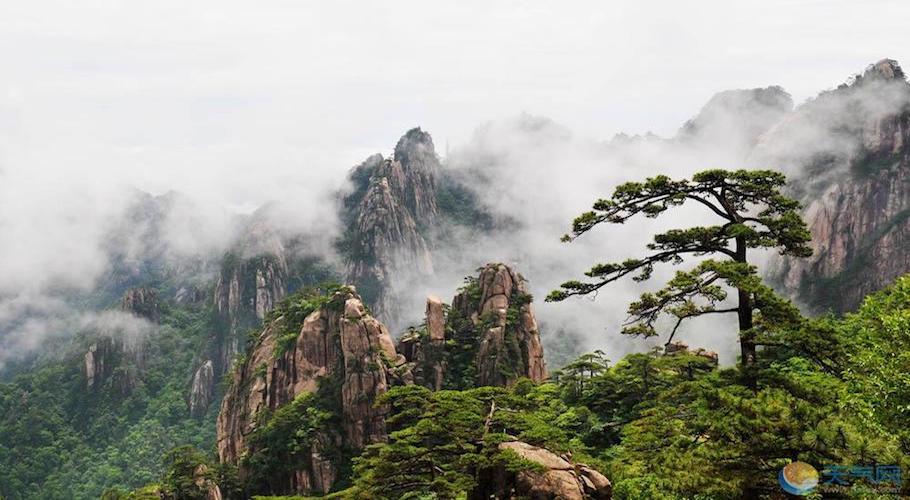
Huangshan, the Yellow Mountains in the Anhui province, are the most beautiful mountains in China and a UNESCO World Cultural and Natural Heritage site. China has a variety of impressive mountain scenes, including the holy mountains of Taoism and Chinese Buddhism. However, none of them causes such an overwhelming feeling of astonishment to visitors like the Yellow Mountains with their steep chasms. The mountains are covered with tens of thousands of ancient pine trees, which are home to over 500 species of animals, including monkeys. There are numerous hot springs and the region is the origin of many popular kinds of tea. It is said in China that someone who has seen these mountains, will have no more interest in other mountain ranges. The Huangshan mountain peaks, breaking through the cloudy sky, have not only created their particular school of painting, but they served also as inspiration for the floating mountains in the movie “Avatar”.
Guilin
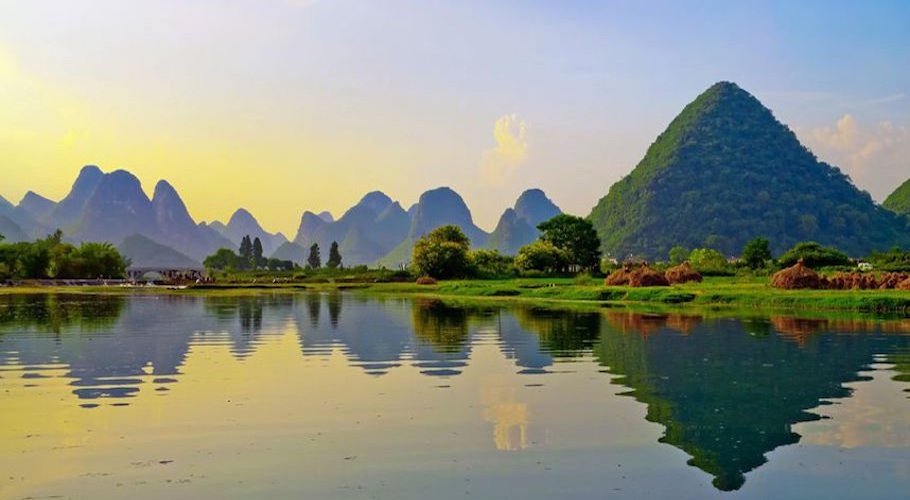
The region around Guilin, which is crossed by the Li River, is well-known for its incredible karst mountains covered by green forests, and it is probably the most famous river scenery in China. In addition, there are numerous underground lakes and caves, of which the Reed Flute Cave is the best known and contains thousands of stalagmites and stalactites. Likewise, the vast rice terraces of the Yao minority or the two pagodas in the Shanhu Lake offer an impressive view. A special feature of the region is the traditional cormorant fishing out from bamboo rafts. A sling is tied around the domesticated birds’ neck to prevent it from swallowing the fish after catching it. The bigger fish are then kept by the fishermen and only the smaller ones fed to the birds.
Jiuzhaigou
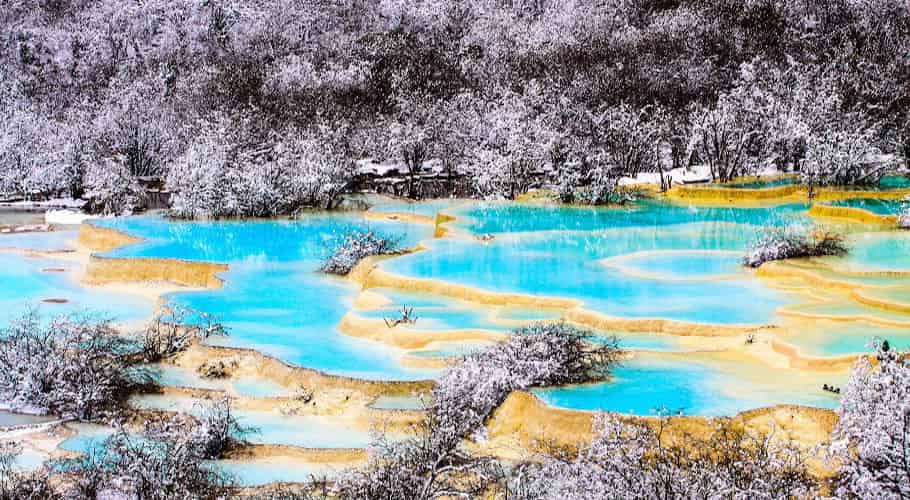
The Jiuzhaigou National Park located in the Minshan Mountains in Sichuan Province is also a UNESCO World Heritage site. Nowhere else in the world you will find a landscape shaped by water like Jiuzhaigou. Due to the differences in height and speed of water you will find 72,000 acres full of waterfalls, mountain lakes, rivers, and limestone cascades. Of these, probably the most famous are the 320m long Nuorilang waterfall and the Lake of the Five Flowers. The park is mostly covered by mixed forests and is home to the endangered giant pandas and the snub-nosed monkeys.
The Three Gorges
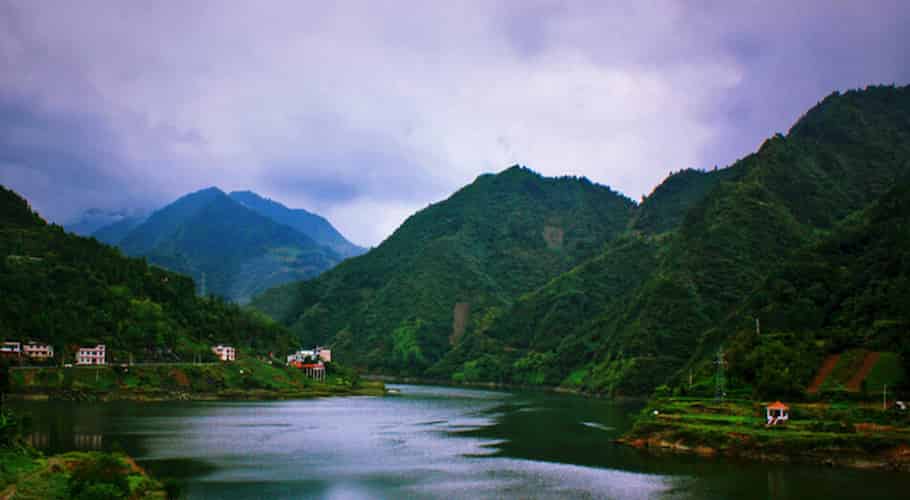
Most people will probably have heard of the Three Gorges Dam and most likely because of the controversial discussions about the building. However, the landscape, which gives this dam its name, is often forgotten or only mentioned as a foot note. The National Park of the Three Gorges, the Qutang , Wuxia and Xiling gorge is one of the most beautiful scenes in China as the Yangtze flows on a length of a 193km through mountain ridges that tower up to a height of 1.200m alongside the river, which itself get up to 150m wide. Due to the inaccessibility of the region, you will find on many slopes dense forests, a vast variety of birds, monkeys and wild cats. This region is home to the Tujiaren minority (Earth House People), whose colorful costumes and extravagant wedding jewelry are famous throughout China.